The level meters or level transmitters come in a variety of types, each designed for specific applications and conditions.
Comparison of Level Meters
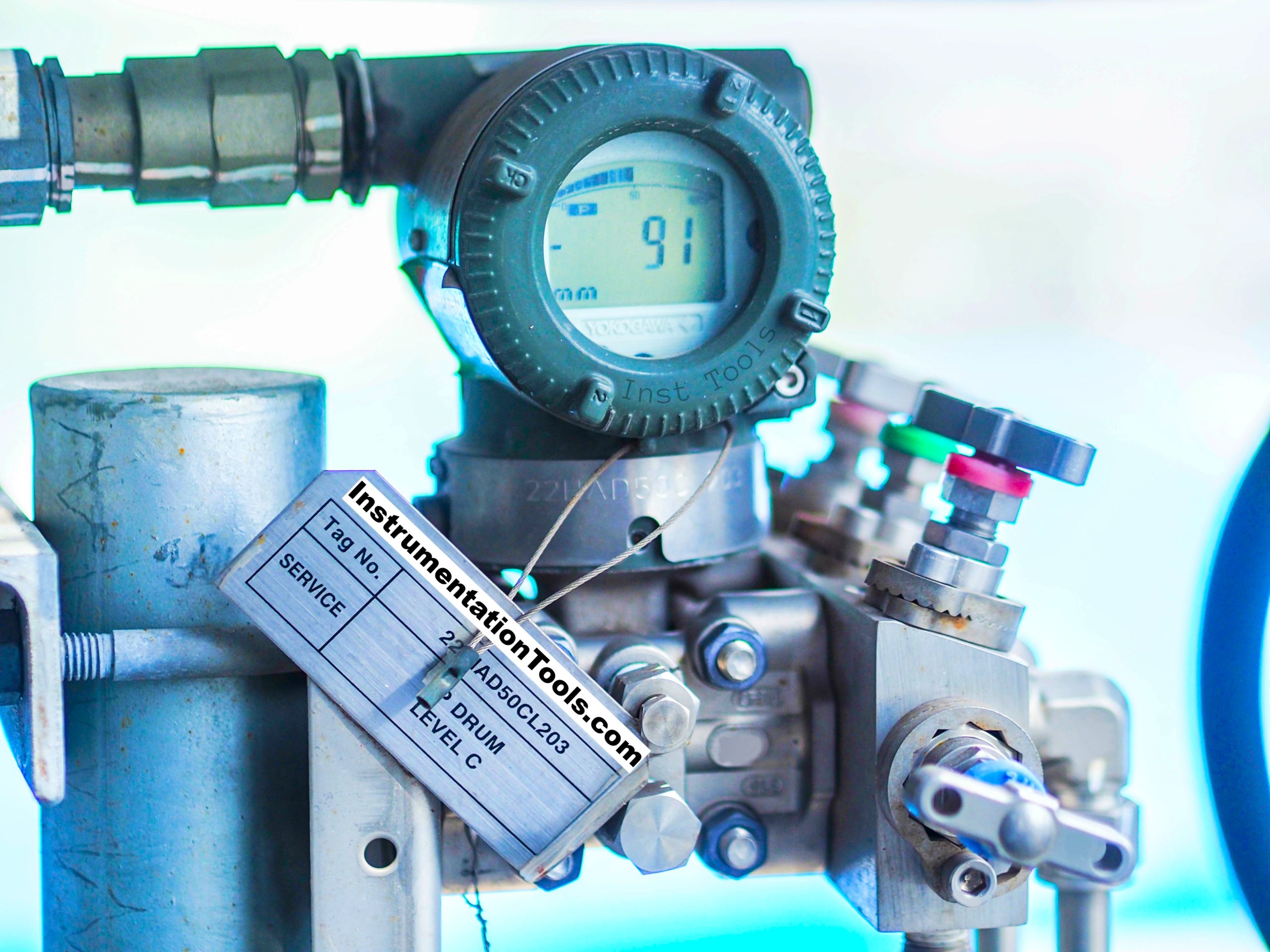
Below is a comparison table outlining the key features, advantages, and disadvantages of commonly used types of level meters.
| Parameter | Float Operated | Capacitive | Ultrasonic | Radar (Guided Wave) | Radar (Non-Guided Wave) | Differential Pressure | Displacer | Optical |
|---|---|---|---|---|---|---|---|---|
| Principle of Operation | Buoyancy | Capacitance | Sound Waves | Electromagnetic Waves | Electromagnetic Waves | Hydrostatic Pressure | Buoyancy | Light Refraction |
| Fluid Compatibility | Liquids | Liquids | Liquids, Solids | Liquids, Solids, Slurries | Liquids, Solids, Slurries | Liquids, Slurries | Liquids | Liquids |
| Accuracy | Moderate | High | Moderate | High | High | Moderate | Moderate | High |
| Range | Limited | Moderate | Moderate | Wide | Wide | Moderate | Moderate | Limited |
| Temperature Limits | Moderate | Moderate | Moderate | High | High | High | High | High |
| Pressure Limits | Moderate | Moderate | Low | High | High | High | High | Moderate |
| Cost | Low | Moderate | Moderate | High | High | Moderate | Moderate | High |
| Maintenance Requirement | Low | Low | Moderate | Low | Low | High | Moderate | Low |
| Power Requirement | None | Required | Required | Required | Required | Required | Required | Required |
| Response Time | Fast | Fast | Slow | Fast | Fast | Moderate | Fast | Fast |
| Ease of Installation | Easy | Moderate | Moderate | Moderate | Moderate | Moderate to Difficult | Moderate | Easy |
| Safety Aspects | Good for non-hazardous | Good | Limited in flammable | Good for hazardous | Good for hazardous | Good for hazardous | Good | Good |
Here’s a brief explanation of the terms used:
- Principle of Operation: The underlying technology or physics on which the level meter operates.
- Fluid Compatibility: Types of fluids that can be measured by the level meter.
- Accuracy: The level of precision in measurement.
- Range: The distance or level range over which the instrument can effectively measure.
- Temperature Limits: The temperature range within which the instrument can operate safely and accurately.
- Pressure Limits: The pressure range within which the instrument can operate safely and accurately.
- Cost: The relative financial outlay required for purchase and installation.
- Maintenance Requirement: The level of maintenance the equipment generally requires.
- Power Requirement: Whether or not electrical power is required for operation.
- Response Time: The speed at which the level meter provides a reading.
- Ease of Installation: How straightforward it is to install the equipment.
- Safety Aspects: Considerations about the level meter’s suitability for measuring in hazardous or extreme conditions.
If you liked this article, then please subscribe to our YouTube Channel for Instrumentation, Electrical, PLC, and SCADA video tutorials.
You can also follow us on Facebook and Twitter to receive daily updates.
Read Next:
- Level Indicators Working Principle
- Transparent & Reflex Level Gauge
- Calculate Current 4-20 mA
- Mechanical Level Indicators Principle
- Instrumentation Impulse Lines

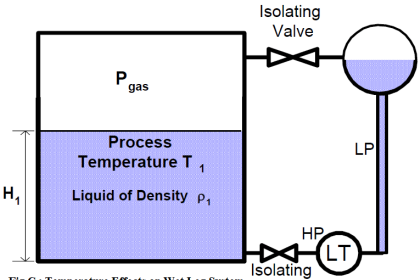
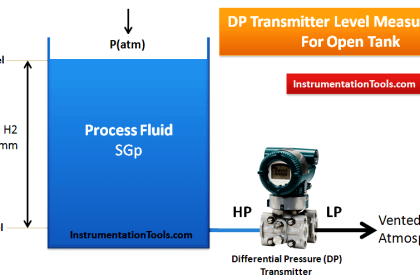
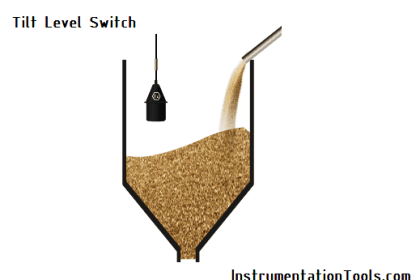
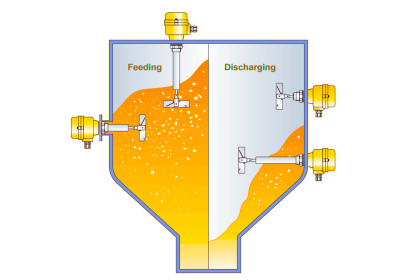

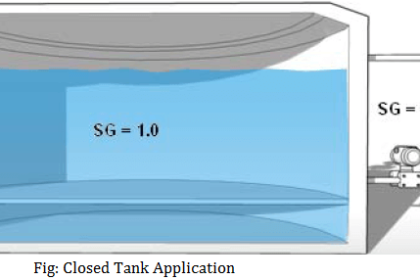
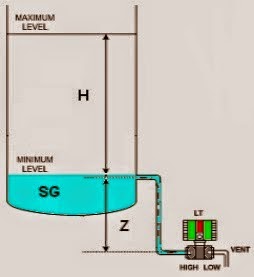

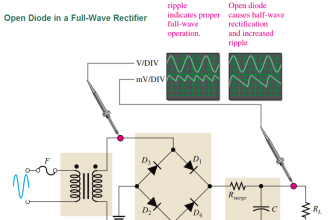
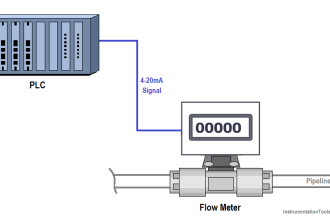
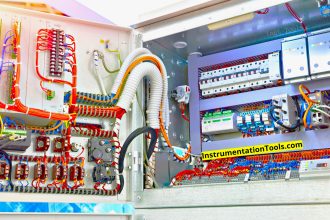
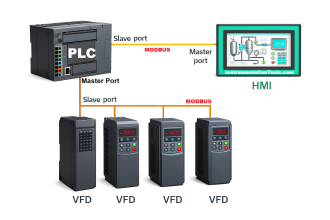
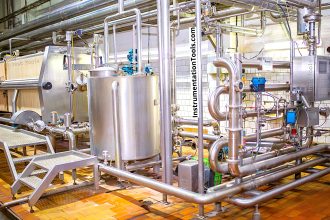
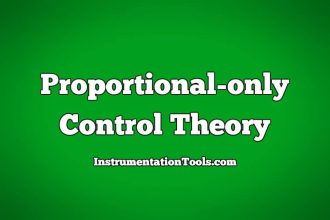


Dear Sir,
I’m very pleased to introduce our company ‘IS Technology(http://istec.co.kr)’ in South Korea. Founded in 1993, based on the ultrasonic and radar sensor technology accumulated over the past 30 years, it is now growing into a global professional company related to smart water management solutions. In particular, our brand ‘SONDAR’ is a specialized measurement sensor brand that focuses on making precise sensors in all processes from synthesizing piezoelectric materials, the basis of ultrasonic waves, to manufacturing finished sensors.
The item we would like to introduce today is Smart Ultrasonic & Radar Level and Flow Meter which our company has recently upgraded its function dramatically. High durability and low power design are applied to compensate for the shortcomings of the existing level meter. It is a non-contact ultrasonic & radar water level meter with an integrated sensor and controller design. No 1. Water Management Platform Company which is leading the digitalization of the water industry based on 30 years of ultrasonic & radar sensor technology and 20 years of remote monitoring technology. With this differentiated technology, we strongly hope for strategic cooperation with you or your company.
We are particularly interested in marketing cooperation targeting the global market, and we will respond positively with an open mind to any cooperation proposals from you. Thank you for reviewing our offer, and we look forward to your prompt reply.
Sincerely yours,
Scott Kim